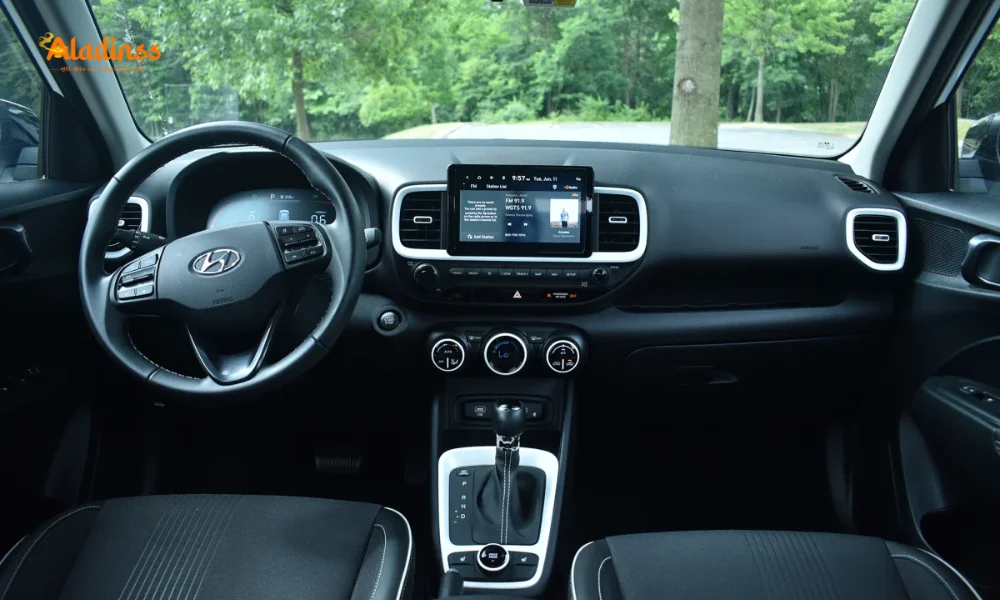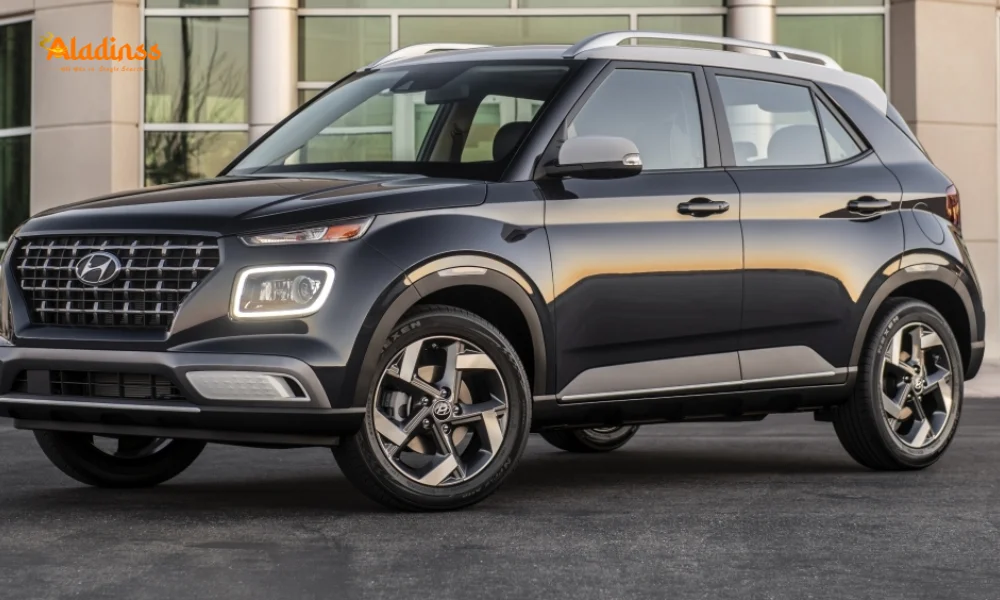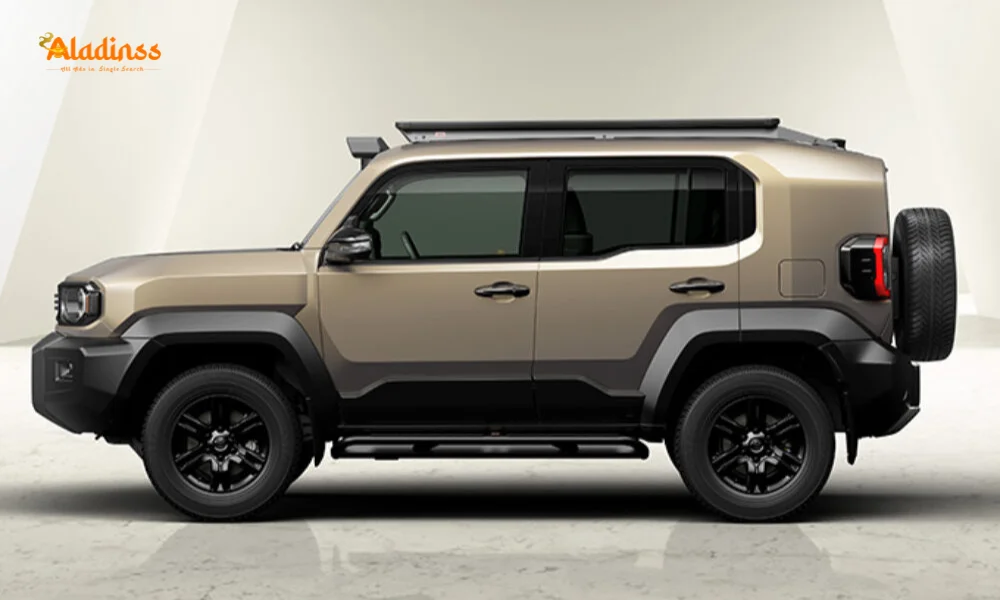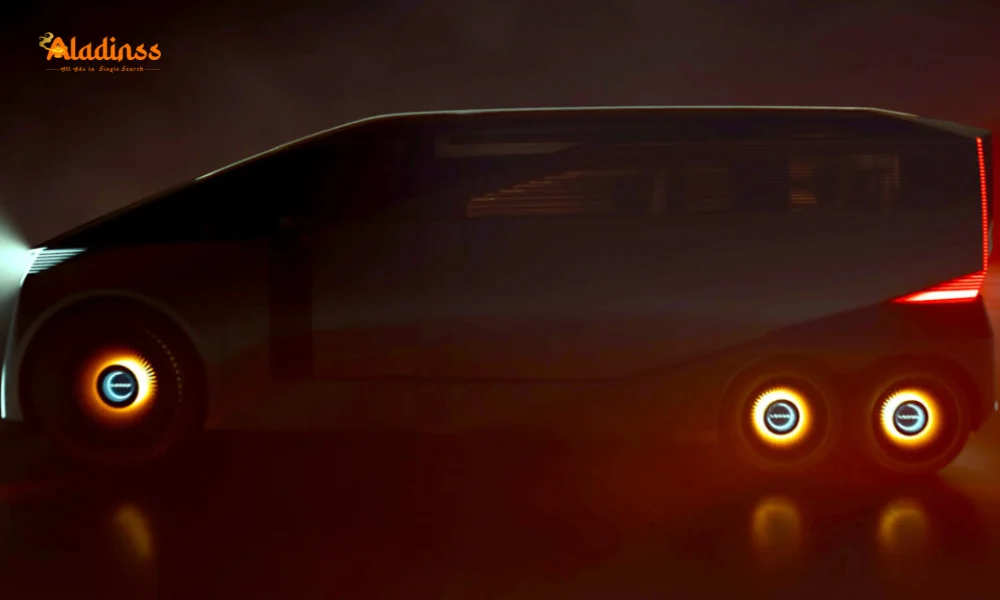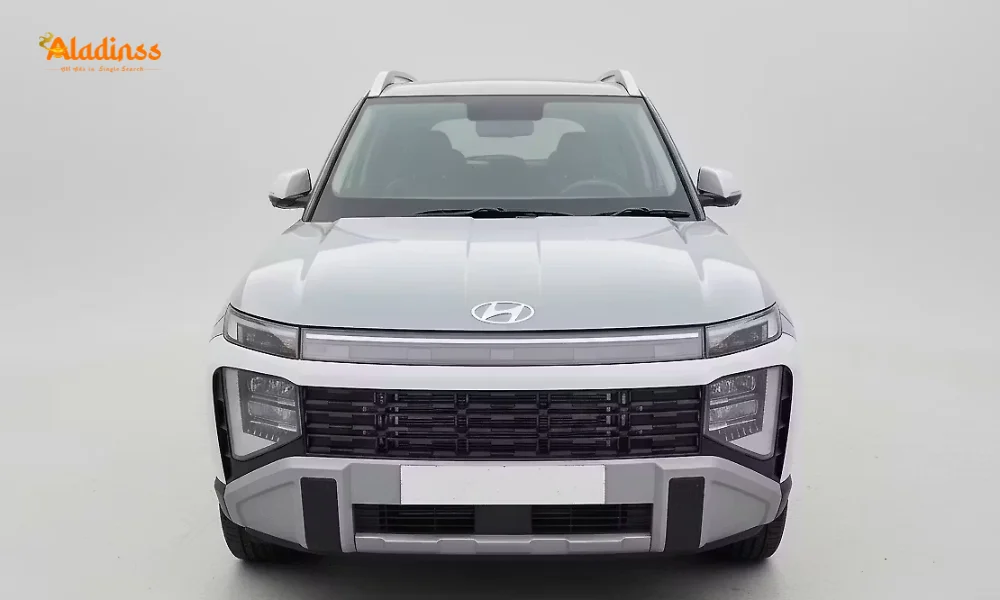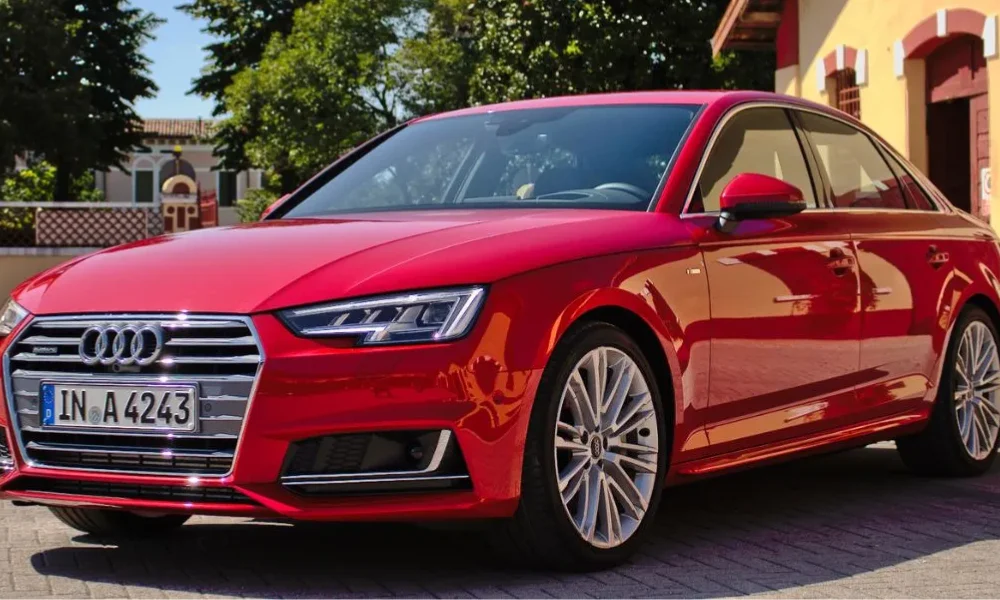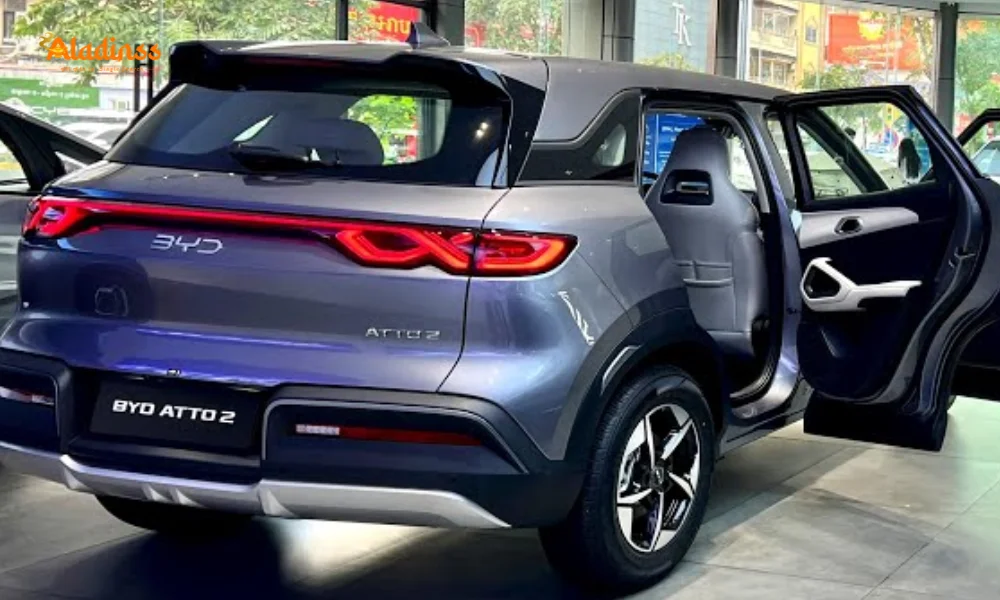Hyundai AAOS Infotainment Debuts 2027 in SUV
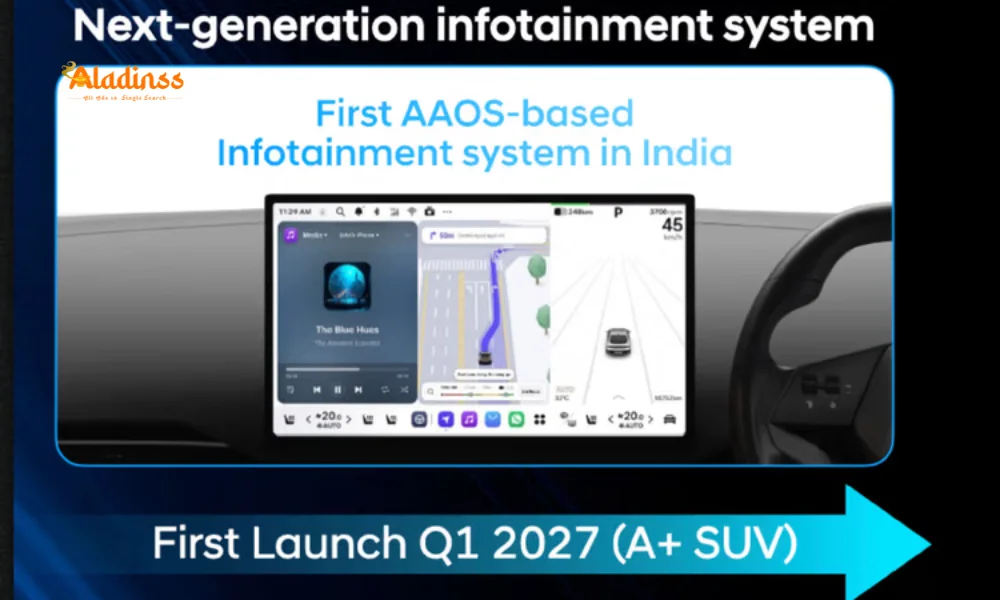
Hyundai's Next-Gen Android Automotive Infotainment Debuts in 2027 with Creta-Sized SUV
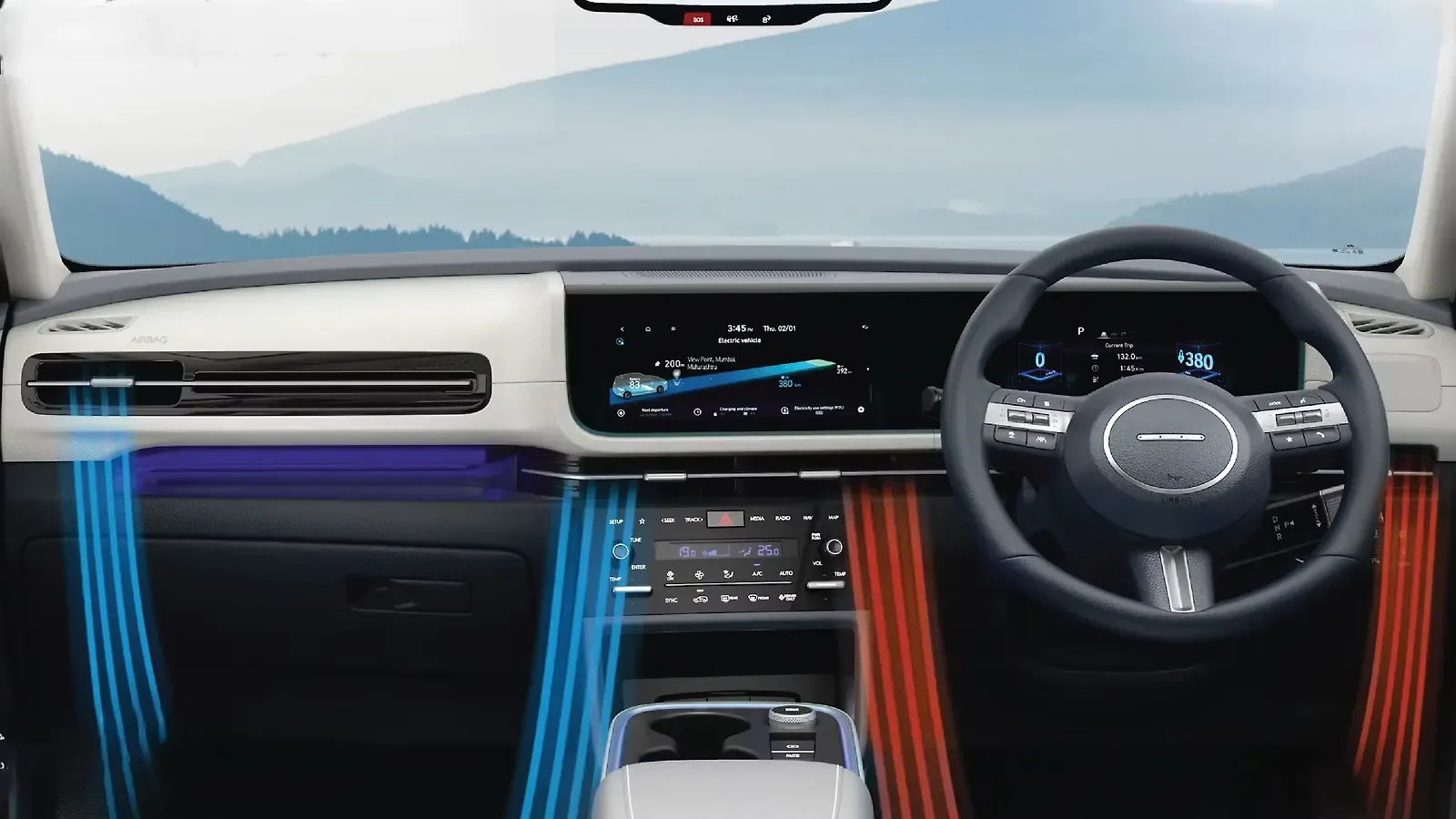
Hyundai Motor India is set to revolutionize its connected car lineup with a next-generation infotainment system based on Android Automotive Operating System (AAOS), debuting in Q1 2027 on a Creta-sized compact SUV. This smartphone-independent platform, confirmed during the company's recent investor day, will integrate Google apps like Maps and Assistant directly into the vehicle's ecosystem, eliminating the need for mirroring solutions like Android Auto. The Hyundai Android Automotive infotainment promises OTA updates for navigation and features, marking Hyundai's first full AAOS implementation in India and positioning it as a tech-forward player in the sub-4m SUV segment.
The system features a slim 9.9-inch digital instrument cluster paired with a larger 12.3-inch central touchscreen, offering seamless integration and enhanced user experience. As Hyundai charts its product roadmap, this AAOS adoption underscores the brand's commitment to software-defined vehicles, with phased rollouts across models like the Verna sedan and Palisade SUV by 2028.
This development aligns with India's growing demand for connected mobility, projected to reach 50 million vehicles by 2030, and positions Hyundai to compete with rivals like MG's AAOS-equipped ZS EV and Tata's Harrier EV.
What is Android Automotive Operating System (AAOS)?
AAOS is Google's native in-vehicle OS, distinct from Android Auto's mirroring tech. Unlike phone-dependent systems that project apps onto screens, AAOS runs independently, embedding Google services like Assistant, Maps, and Play Store directly into the car's hardware. This enables always-on connectivity, voice commands without pairing, and app downloads for navigation, music, and parking assistance.
Developed with partners like Polestar and Volvo, AAOS supports OTA updates for maps and UI tweaks, ensuring vehicles stay current without dealership visits. For Hyundai, it means seamless integration with Bluelink telematics, allowing remote diagnostics and feature unlocks via subscriptions.
In India, where connected cars are nascent but growing at 30% CAGR, AAOS debuts on a Creta-sized SUV-likely the Venue facelift or new model-priced around ₹12-15 lakh, undercutting premium rivals with native Google ecosystem access.
Key Features of Hyundai's AAOS Infotainment System
The system comprises a 9.9-inch slim digital driver's cluster displaying speed, navigation, and alerts, paired with a 12.3-inch floating infotainment screen for multimedia and controls. This panoramic setup, larger than the current Creta's 10.25-inch units, supports split-screen multitasking-maps on one side, media on the other-and gesture controls for intuitive use.
Native Google integration brings Assistant for voice queries ("find nearest EV charger"), Maps with AR navigation, and Play Store for apps like Spotify and Waze. OTA updates ensure real-time traffic and security patches, with Hyundai promising 4 years of free software support.
Additional perks include wireless charging, ventilated seats, and ambient lighting synced to music. The horizontal dashboard design enhances spaciousness, with physical knobs for climate control.
- Panoramic Displays: 9.9-inch cluster + 12.3-inch touchscreen for immersive UI.
- Google Ecosystem: Assistant, Maps, Play Store natively embedded.
- OTA Capabilities: Maps, UI, and security updates over-the-air.
- Connectivity: Bluelink for remote access and diagnostics.
This setup rivals Kia Carens' 10.25-inch screens but excels with AAOS independence.
Launch Timeline and Vehicle Platform
The AAOS system bows in Q1 2027 on a new Creta-sized compact SUV, possibly the Venue successor or Bayon-inspired model, targeting ₹12-15 lakh pricing. Hyundai's investor day roadmap includes this as the first AAOS-equipped vehicle, followed by Verna sedan in Q3 2027 and Palisade SUV in 2028.
The platform, built on Hyundai's E-GMP architecture, supports hybrid and EV variants, with Level 2 ADAS integration for adaptive cruise and lane centering. Production at Sriperumbudur ensures localization over 40%, qualifying for PLI subsidies and reducing costs by 10%.
This phased rollout aligns with India's 25 million connected car forecast by 2030, positioning Hyundai for 20% market share in software-defined vehicles.
Advantages of AAOS Over Traditional Infotainment
AAOS transcends mirroring by running natively, enabling offline maps and app caching for uninterrupted use in low-signal areas. Unlike Android Auto's 10-15 second boot, AAOS launches instantly, with customizable home screens and widgets for weather and fuel efficiency.
Security is paramount: Google's Titan M2 chip protects against hacks, with regular patches via OTA. For families, parental controls limit apps, while voice biometrics enhance privacy.
Compared to rivals' QNX or Harman systems, AAOS's open ecosystem supports 5,000+ apps, fostering innovation like in-car gaming or AR parking.
Impact on Hyundai's Connected Ecosystem
The AAOS debut integrates with Hyundai's Bluelink 2.0, enabling remote preconditioning and EV charging scheduling via app. This unifies Hyundai, Kia, and Genesis under one platform, with 4 million connected users by 2027.
OTA extends to powertrain tunes, improving mileage by 5%. For India, Hindi voice support and regional maps cater to diverse users, boosting adoption in tier-2 cities.
Hyundai's $2 billion R&D investment in software ensures AAOS evolves with 5G and V2X, targeting 50% connected sales by 2030.
Competitive Landscape: AAOS vs Rivals in India
AAOS pits Hyundai against MG's ZS EV (AAOS, ₹25 lakh) and Tata's Curvv EV (iRA, ₹18 lakh), but Hyundai's scale-1.7 million sales-ensures affordability. MG's 10.1-inch screen lags the Venue's 12.3-inch, while Tata's connected features lack Google's depth.
Kia's Carens will adopt AAOS in 2028, but Hyundai leads with SUV integration. Global partners like Polestar's AAOS set benchmarks, yet Hyundai's localization cuts costs by 15%.
In a $5 billion connected car market, Hyundai targets 25% share by 2030, leveraging AAOS for differentiation.
Future Rollout and Ecosystem Integration
Post-2027, AAOS expands to 10 Hyundai models, including EVs like Ioniq 5 N. Integration with Hyundai Pay for in-car payments and AR heads-up displays enhances utility.
By 2028, V2X connectivity enables traffic coordination, reducing congestion by 20%. Hyundai's $1 billion software center in Hyderabad drives localization, with 80% Indian engineers.
The AAOS debut heralds Hyundai's software era, blending mobility with intelligence for 2030's smart roads.
Comment / Reply From
No comments yet. Be the first to comment!
